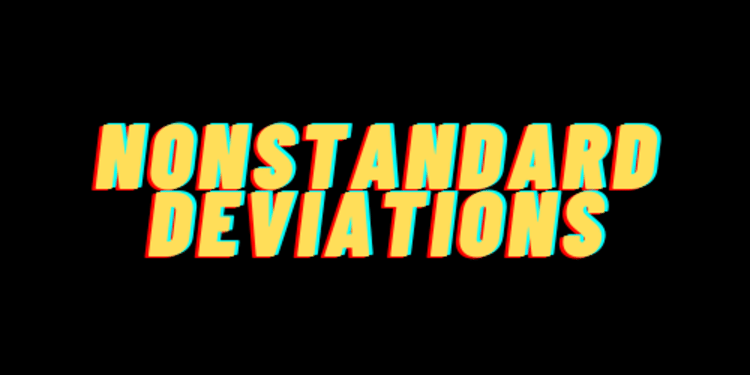
To cut or not to cut?
As Trump and the Fed spar over the need for rate cuts, Powell’s Jackson Hole remarks, which highlighted upward inflation pressures from tariffs and a cooling labor market, have markets betting on action. Polymarket odds for a 25 bps cut jumped sharply to 82%, up from just 35% a month ago

Small Caps are still getting no love :(
A rate cut would likely add fuel to the fire in the public markets, which continue to push past all time highs. Interestingly, small cap stocks have been struggling relative to their large/mega cap peers as the Russell 2000 is in one of it’s longest droughts since reaching a record high. To me, this paints a clear picture that passive flows are the dominant public market force.

ETFs are King
On that note, with a disproportionate number of dollars flowing into passive strategies, we finally saw early last week that US-listed ETFs flipped listed companies. The proliferation of ETFs has materially simplified the retail investors ability to execute complex trades (e.g., leverage, derivative instruments, baskets). On the opposite side of the equation, the weaker market environment following the correction in 2022 has resulted in a major slowdown in new public listings, which is captured in the chart below.

There is literally no reward for taking on public market risk
So where does this all leave us? Well, the market certainly feels frothy today, rallying back sharply from the post-liberation day lows. This is reflected in the chart below which shows that Equity Risk Premiums (the reward investors should get over treasuries for taking on more risk) are near zero. This is calculated by comparing the S&P 500’s forward earnings yield vs. a 90-day US T-Bill. The last time we were at these levels was in 2008, but the spread has been tight now for almost 2 years. So… do you think we are in a bubble?

Private equity is slowing down…
In private markets, we saw private equity deals dry up in Q2, reaching lows not seen since the pandemic. This was predominantly driven by tariff-related uncertainty, which made it difficult to get deals across the line. Conversations with bankers in April/May confirmed this narrative as they saw their pipelines largely go on pause before starting to rebound this summer.

H
Are we seeing the first material signs of AI taking our jobs?
In other news, AI continues to pose an interesting mix of challenges and opportunities these days. As chatbots have simplified previously complex tasks, we are starting to see this get reflected in the labour market as jobs for younger employees has nosedived. The key narrative here is AI is pretty good at doing rules-based tasks, which can make experienced professionals more efficient. As a result, junior coders and customer service rep jobs are being slashed.


So where does this all leave us?
While you could argue there are certainly many negative indicators pointing to the markets being overheated, there are also significant market forces at play that are propping it up. Risk-on asset classes surged in August as expectations of a rate cut loomed, which may even drive us to new heights. Just check out the performance of crypto and you’ll see exactly what I mean.

Howard Marks may have put it best when he describes the three stages of a bull market:
The “Secret” Stage: Only a few forward-thinking investors believe things will improve.
Broad Participation Stage: Most investors see conditions are improving and join in.
Euphoria and Excess Stage: Everyone is convinced things will keep getting better forever
The question for you is, where do you think we are now?
See y’all next week!

